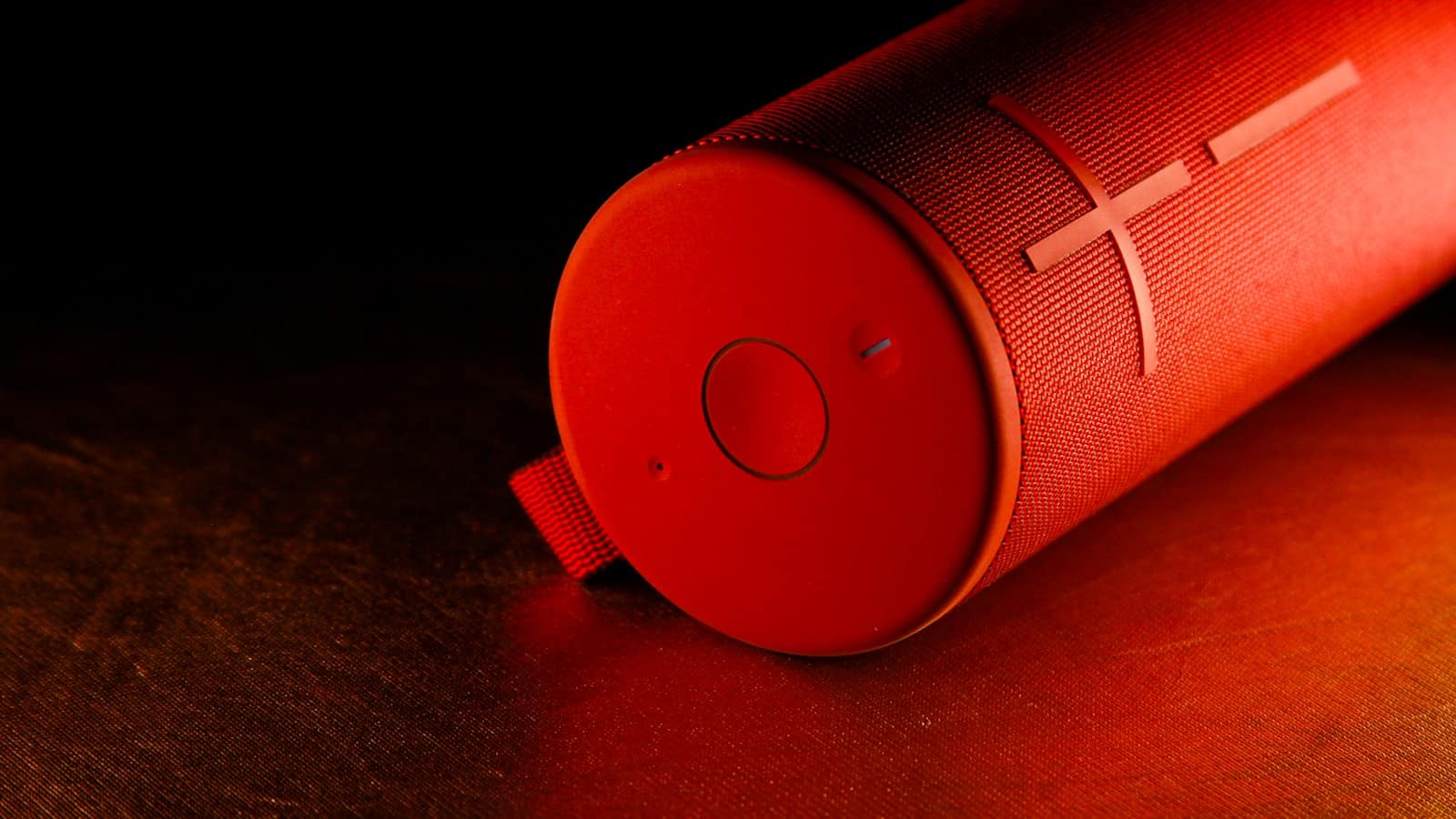
PCB Assembly Blog
-
Can you waterproof PCB?
Posted by
–
 Read more: Can you waterproof PCB?
Read more: Can you waterproof PCB?Introduction to PCB Waterproofing Printed Circuit Boards (PCBs) are essential components in modern electronic devices. They are used in a wide range of applications, from consumer electronics to industrial equipment. However, PCBs are vulnerable to damage from moisture, dust, and other environmental factors. This is where PCB waterproofing comes in. […]
-
Valuable 8 Layer PCB Stackup Guidelines 2024
Posted by
–
 Read more: Valuable 8 Layer PCB Stackup Guidelines 2024
Read more: Valuable 8 Layer PCB Stackup Guidelines 2024Introduction to 8 Layer PCB Stackup An 8 layer PCB stackup is a complex printed circuit board configuration that consists of eight conductive layers laminated together with insulating material. This type of PCB offers numerous advantages over simpler designs, including increased routing density, improved signal integrity, and better electromagnetic compatibility […]
-
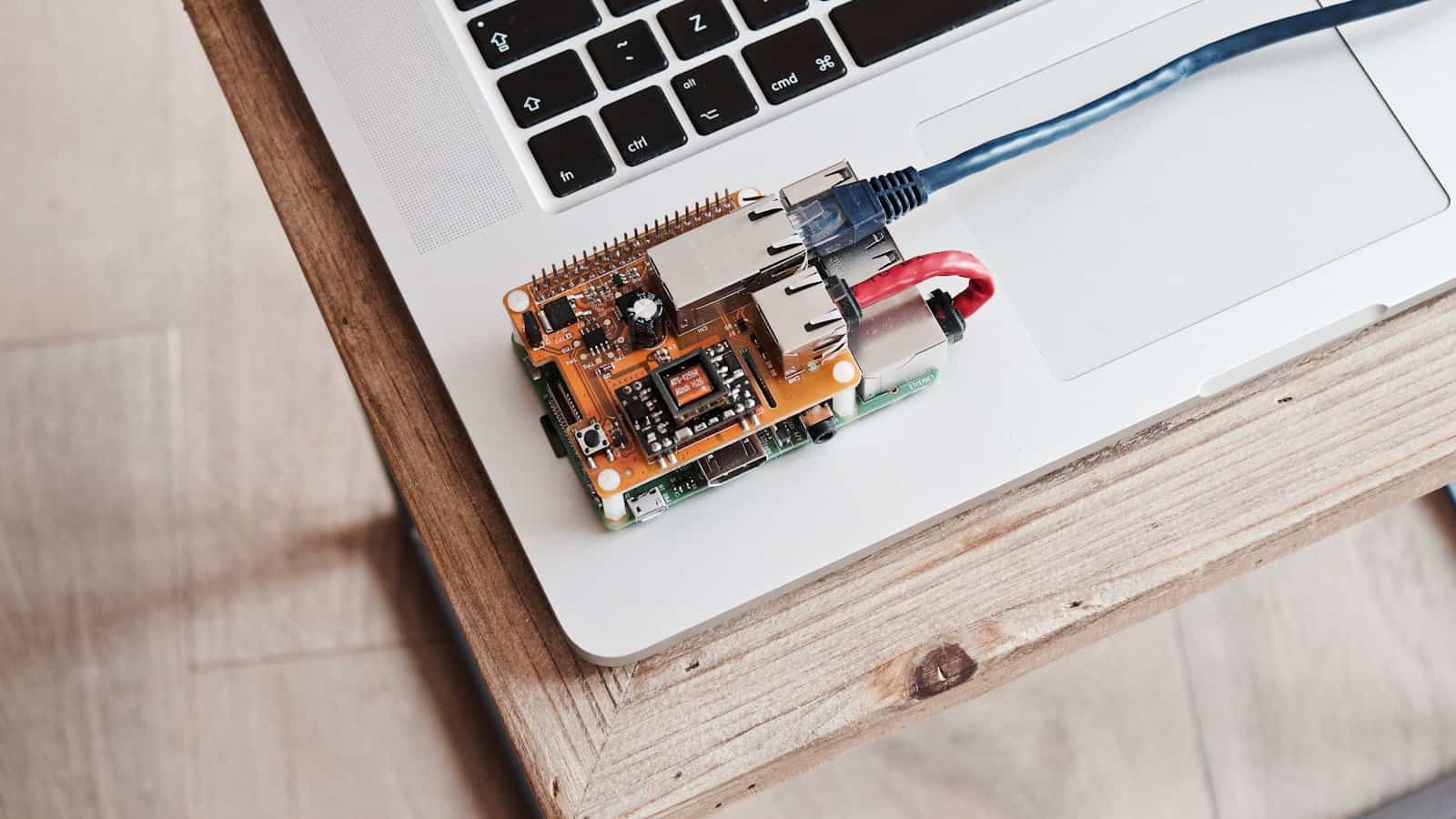 Read more: Where do you turn to for cheap PCB manufacturing?
Read more: Where do you turn to for cheap PCB manufacturing?Understanding PCB Manufacturing Costs Before we dive into the various options for cheap PCB manufacturing, it’s essential to understand the factors that contribute to the overall cost. Several elements can influence the price of PCB manufacturing, including: PCB size and thickness Number of layers Material selection Quantity of boards ordered […]
-
What are the 10 stages of PCB design flow?
Posted by
–
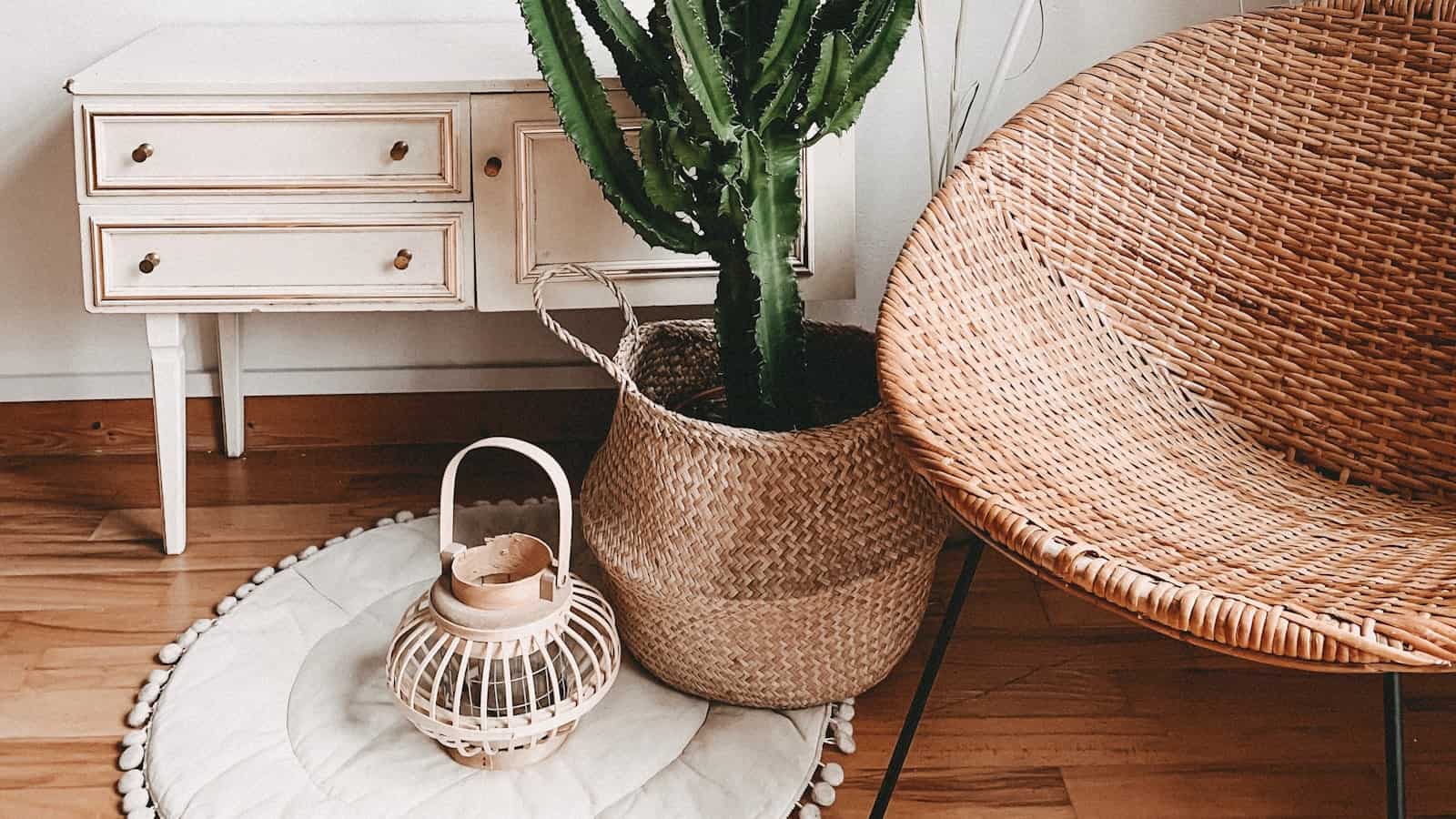 Read more: What are the 10 stages of PCB design flow?
Read more: What are the 10 stages of PCB design flow?Table of Contents Schematic Design Component Selection PCB Layout Design Rule Check (DRC) Gerber File Generation PCB Fabrication PCB Assembly Testing and Inspection Rework and Repair Final Product and Documentation 1. Schematic Design The first stage of the PCB design process is creating a schematic diagram. A schematic is a […]
-
What is ENIG plating PCB?
Posted by
–
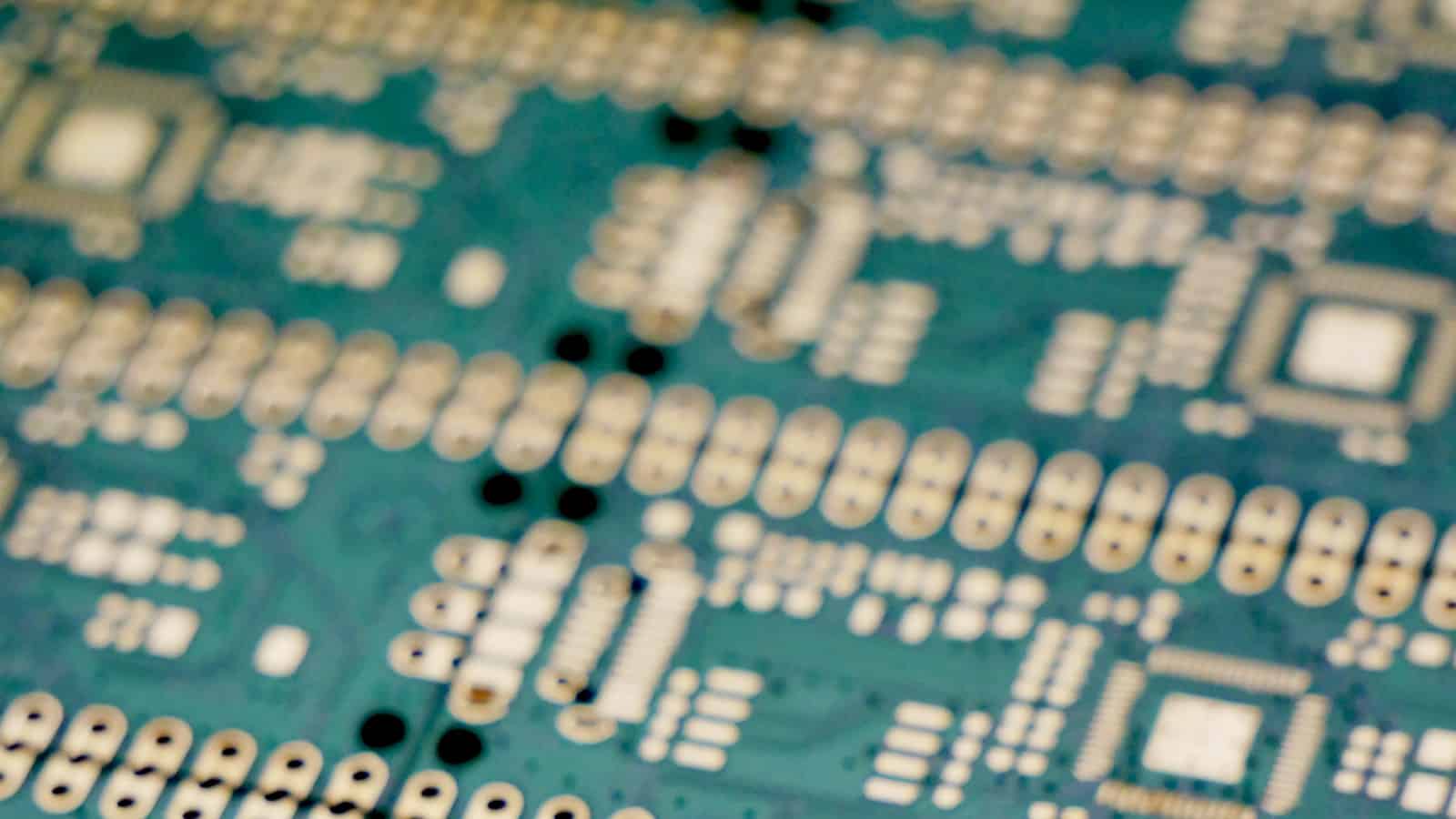 Read more: What is ENIG plating PCB?
Read more: What is ENIG plating PCB?What is ENIG Finish? ENIG finish is a type of surface finish applied to PCBs that consists of a layer of nickel followed by a thin layer of gold. The nickel layer provides a barrier between the copper substrate and the gold layer, preventing the formation of intermetallic compounds that […]
-
What is epoxy PCB board?
Posted by
–
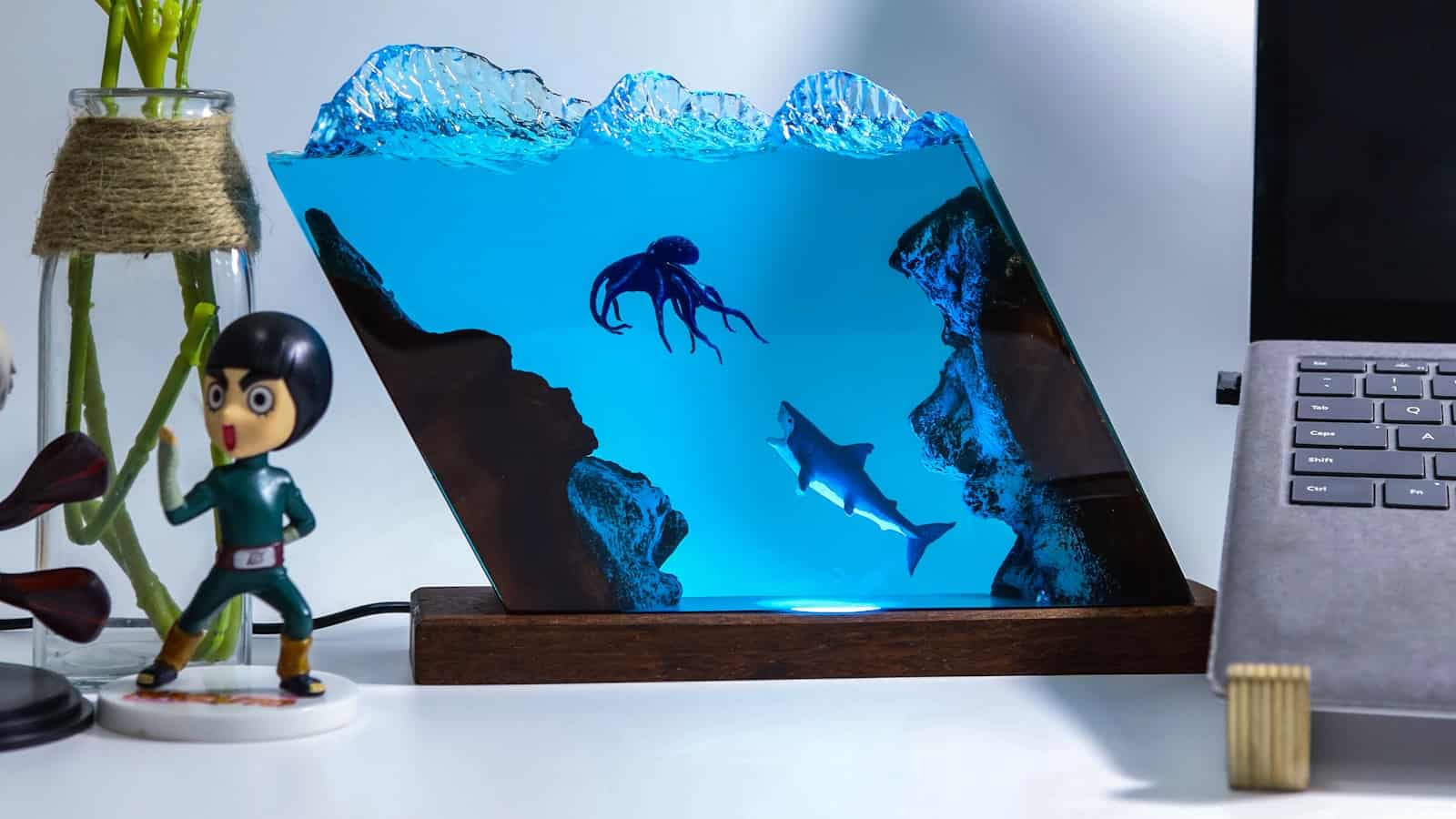 Read more: What is epoxy PCB board?
Read more: What is epoxy PCB board?Introduction to Epoxy PCB Boards An epoxy printed circuit board (PCB) is a type of circuit board that uses epoxy resin as the base material. Epoxy PCBs offer several advantages over traditional fiberglass-based PCBs, including better thermal and mechanical properties, improved electrical insulation, and higher resistance to moisture and chemicals. […]
-
What is ultra-thin pcb
Posted by
–
 Read more: What is ultra-thin pcb
Read more: What is ultra-thin pcbIntroduction to Ultra-Thin PCB Technology Ultra-thin printed circuit boards (PCBs) are a revolutionary technology in the electronics industry, enabling the creation of highly compact and lightweight devices. These PCBs are characterized by their extremely thin profile, typically measuring less than 0.4 mm in thickness. The demand for ultra-thin PCBs has […]
-
What is a high TG PCB?
Posted by
–
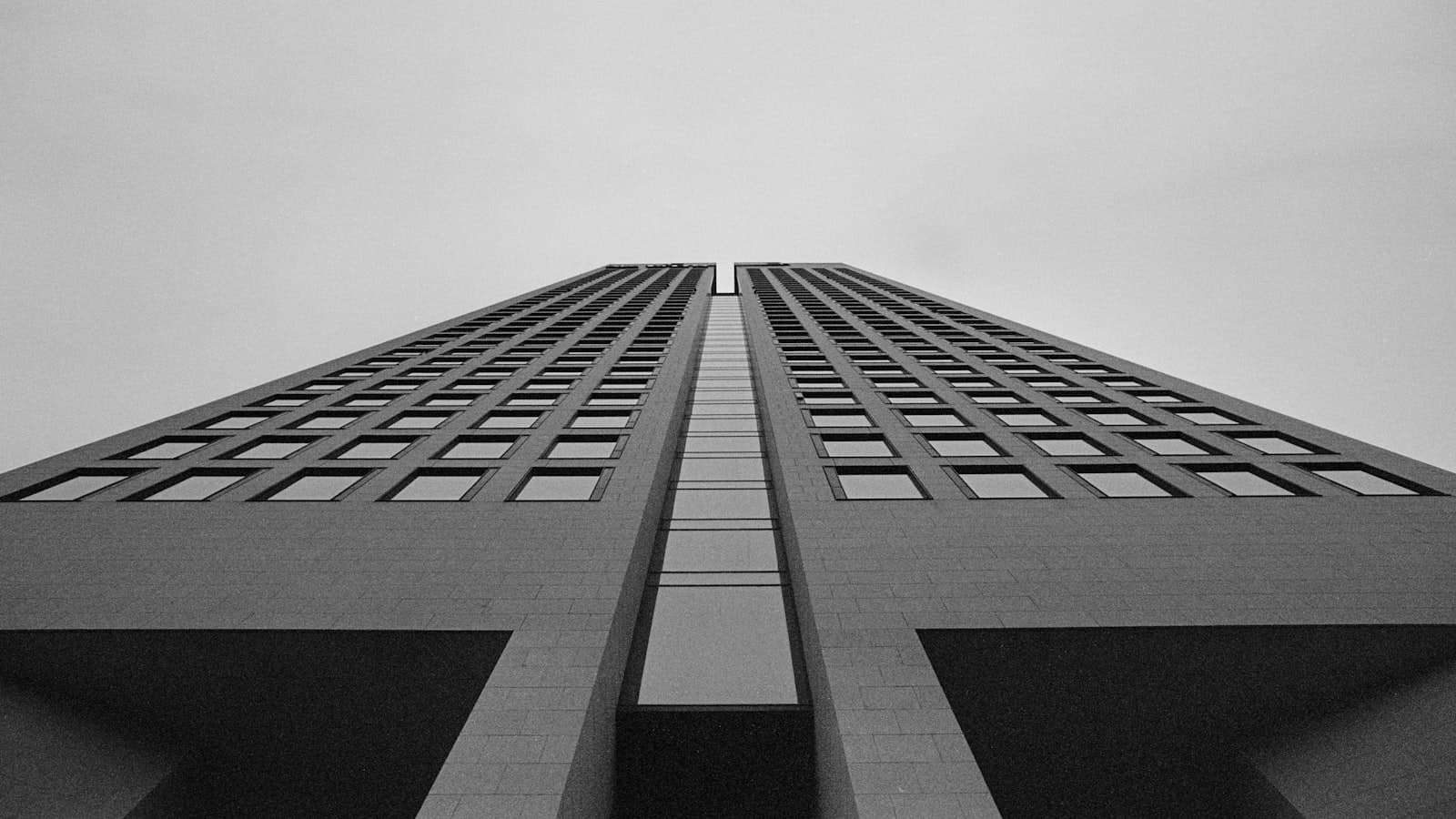 Read more: What is a high TG PCB?
Read more: What is a high TG PCB?Introduction to High TG PCBs High TG PCBs, also known as high glass transition temperature printed circuit boards, are specialized types of PCBs designed to withstand elevated temperatures and harsh environmental conditions. These PCBs are manufactured using materials with higher glass transition temperatures (Tg), which refers to the temperature at […]
-
What is HASL in PCB?
Posted by
–
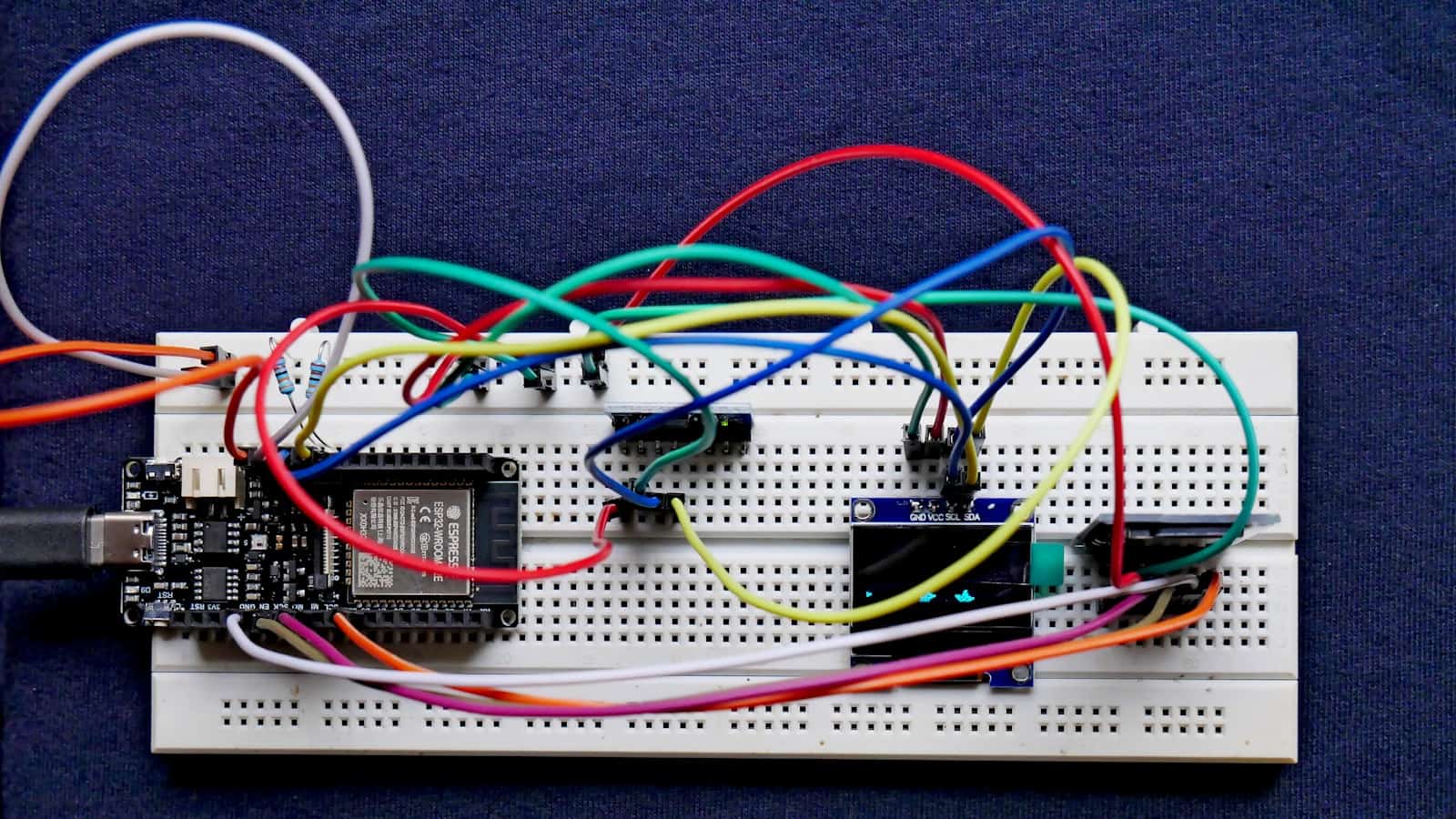 Read more: What is HASL in PCB?
Read more: What is HASL in PCB?Introduction to HASL in PCB Manufacturing HASL, which stands for Hot Air Solder Leveling, is a widely used surface finish technique in the manufacturing of printed circuit boards (PCBs). This process involves applying a layer of molten solder to the exposed copper pads and through-holes of a PCB, followed by […]
-
What is the common impedance of a PCB?
Posted by
–
 Read more: What is the common impedance of a PCB?
Read more: What is the common impedance of a PCB?Understanding Impedance in PCBs Impedance, in the context of PCBs, refers to the opposition to the flow of alternating current (AC) in a circuit. It is a combination of resistance, capacitance, and inductance. In high-speed digital circuits, impedance matching is crucial to prevent signal reflections and maintain signal integrity. Types […]




